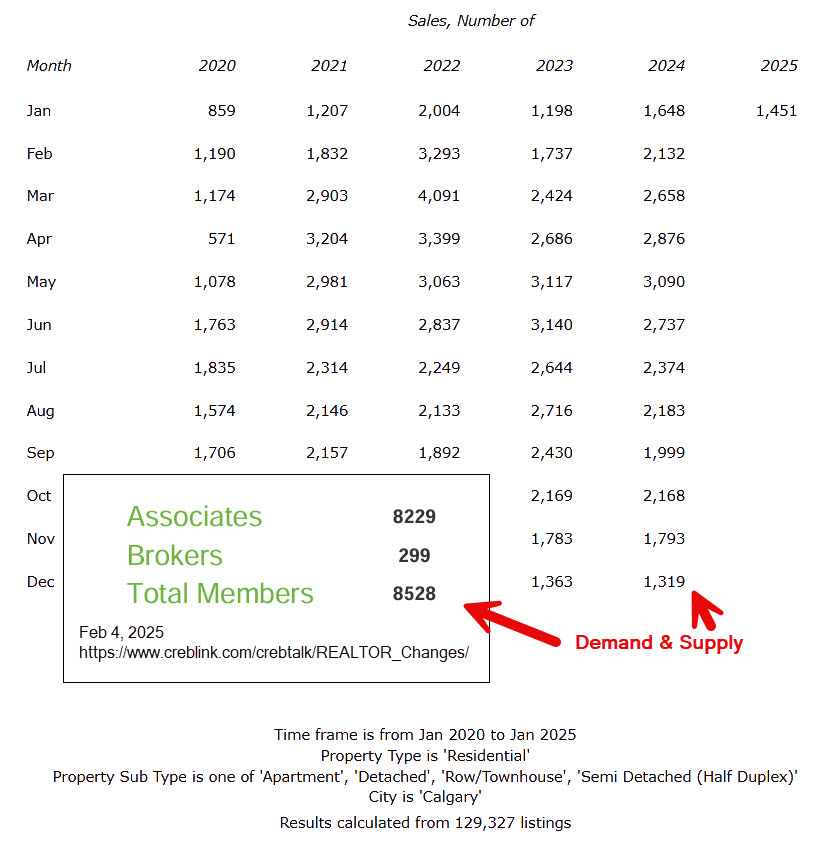Posted on
February 22, 2025
by
J. Charlton
Canada is one of the world's largest oil producers, yet we sell much of our crude at a discount to the U.S., only to buy back refined fuels at a premium. It’s time to ask: why are we giving away our energy wealth when we could be using it to fuel our own economy?
The Current Reality: Selling Low, Buying High
Canada produces 5.7 million barrels of oil per day but only burns 2.4 million barrels domestically. That means we send the majority of our oil abroad, mostly to the United States, at a steep discount. Meanwhile, eastern provinces still import foreign oil, and Canadians pay global market prices for gasoline and diesel.
It doesn’t add up.
If Canada kept its oil, refined it at home, and used it for domestic energy needs, we’d eliminate costly imports, reduce our reliance on foreign buyers, and supercharge our economy with ultra-cheap fuel.
What Would Happen If We Burned Our Own Oil?
1. Gas Prices Would Drop Dramatically
Right now, Canadians pay global market prices for gas, despite our abundant supply. If we refined all our own oil and stopped exporting it cheaply, we could see gasoline and diesel prices plunge—potentially as low as $0.30/litre.
2. Energy Independence: No More Foreign Oil
Canada still imports 500,000+ barrels per day from other countries, mostly to supply Eastern Canada. Why? Because our infrastructure is designed to ship oil south, not across the country. Keeping our own oil would allow Canada to become 100% energy independent, shielding us from global price swings and foreign supply disruptions.
3. A Booming Refining Industry
Instead of selling crude at a discount, we should be refining it at home and selling the finished products at full price—just like Saudi Arabia and other energy powerhouses do. This would create thousands of high-paying jobs in refining, petrochemicals, and industrial manufacturing.
4. The U.S. Would Feel the Pain, Not Canada
America is heavily dependent on cheap Canadian oil. If we stopped selling it to them at a discount, they’d be forced to buy from OPEC at higher prices. Canada would have the bargaining power to sell refined fuels at full value instead of just shipping raw resources for pennies on the dollar.
5. Lower Business Costs & Industrial Expansion
Cheap energy is a competitive advantage. If Canada had the lowest fuel prices in the world, we’d attract massive investment in manufacturing, shipping, and resource extraction. Companies would relocate here to take advantage of cheap power and transport.
But What About the Challenges?
We’d Need More Refineries
Canada would have to invest in refining capacity to process all our oil domestically. This is absolutely achievable with the right policies and incentives.
The U.S. Would Fight Back
Washington would likely push back hard, using trade pressure or diplomatic leverage. But Canada is a sovereign nation—we have the right to control our own energy.
It’s Time for a Bold Energy Strategy
Instead of selling cheap crude and buying expensive refined fuel, Canada should use its oil for itself—lowering energy costs, creating jobs, and boosting national prosperity.
The question isn’t whether Canada can keep its own oil—it’s whether we have the willpower to break free from the status quo.
What do you think? Should Canada take full control of its energy and reap the benefits at home?





